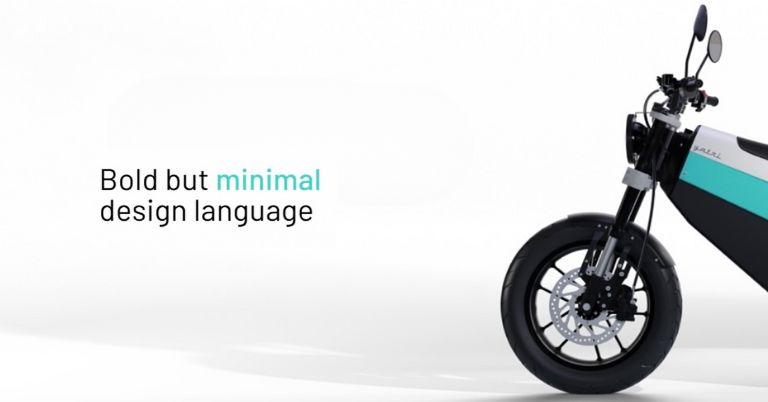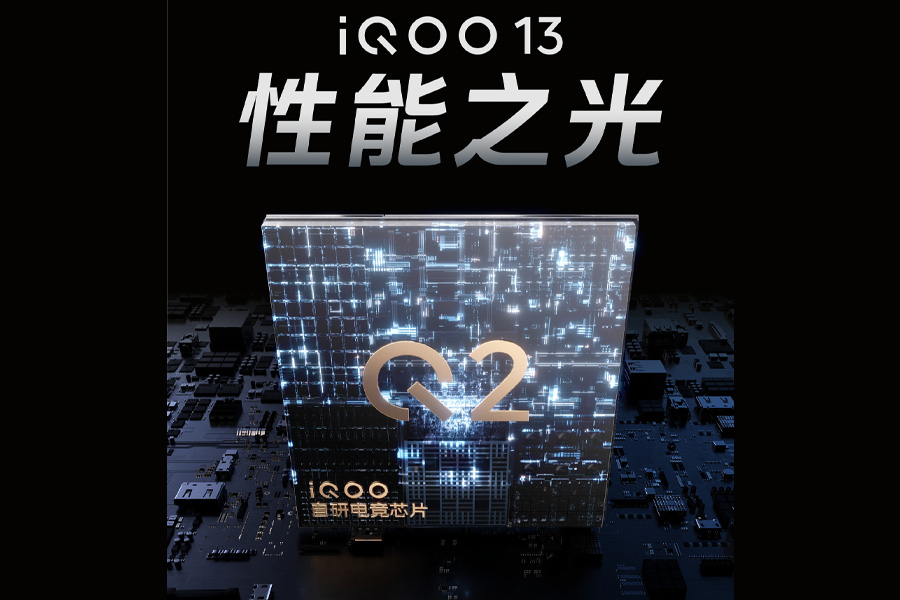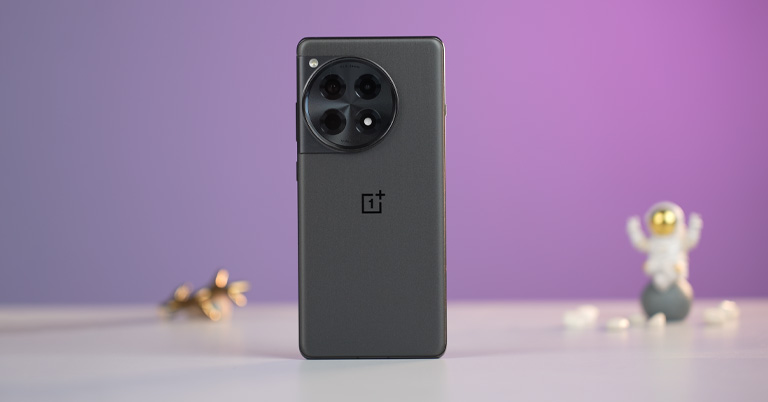Yatri is working on the second generation of Project 1 which comes with some design tweaks to its predecessor. It will also have the company’s trademark Mountain Hold technology, and Apple CarPlay as well as Android Auto support! Let’s discuss all that we know of the Yatri P1 Gen 2 further in this article, including its price in Nepal.
Yatri P1 Gen 2 Overview
After all the “No provision on number plates for made in Nepal bikes” ordeal, it appeared that Yatri had settled down. Gone stagnant, perhaps. The company was expanding its charging stations here and there. But, not much was heard from them. Well, surprise, surprise! Turns out the company was working on Yatri P1 Gen 2!
You sneaky sneaky… 👀
The naming of the upcoming bike is an obvious sign that it is a reiteration of the popular Yatri P1. Not much information is available about it as of now for the second iteration of the bike. The company dropped the first teaser back on 21 October 2023 with a post captioned “Gen2 loading…”.

Yatri continued dropping subtle hints after that. Later, they posted a render of the Yatri P1 Gen 2 on 19 January 2024. Looking back, the company had been posting photos of the unreleased bike ever since the first teaser right at our faces!
What’s new?
World’s first!
Yatri announced that the Yatri P1 Gen 2 will be the world’s first electric two-wheeler to feature wireless Apple CarPlay as well as Android Auto! This means that you can now connect the Yatri bike with whatever smartphone you have. Additionally, this will turn the bike into a secondary device giving you access to essential features like calling, texting, music control, calendar, and most importantly navigation! Talk about convenience!

Likewise, the aforementioned vehicle platform from both operating systems also converts the connected mobile device into the vehicle key itself. Moreover, the vehicle detects whenever the owner is nearby, and auto-unlocks! The support for Apple CarPlay and Android Auto Yatri would suggest that this feature will also be available. However, Yatri has not revealed if that will be the case. So, that one’s up in the air.
Mountain Hold
The Kathmandu Valley has a pretty uneven plane and is full of inclined roads. Say you are going uphill and you get a call. Traditionally, you would have to stop the bike, take your phone out of your pocket and receive the call while holding the brake the entire time. For situations like this, Yatri offered a physical brake lock in the previous iteration.

However, they are taking a different approach for the Yatri P1 Gen 2 — enter Mountain Hold feature. With this, the bike will sense that you’ve stopped on a slope and hold its position. In the meantime, you can let go of both the brakes, take your phone out and receive the call. Or you could just accept the call from the bike itself now that it supports Apple CarPlay and Android Auto… you get the point. This feature also eases parking on steep surfaces without having to worry about the two-wheeler rolling backwards and falling over.
It is not the first time we have seen a feature like this though. Popular electric scooters brands like Ather and Zeeho offer a similar feature dubbed “AutoHold” and “Slope Hold” respectively. But it’s not about being the first to introduce the feature. It’s about adding quality-of-life updates — and Mountain Hold surely is one such update.
- You may also like:
The dashboard
While the inclusion of the vehicle platform is cool and a headlining feature on its own, we can draw another conclusion from it too. The dashboard is getting an upgrade! We can further confirm this with the image posted by Yatri themselves. They have given the dashboard some definite retouching coming from the P1.
The sidelight signals have been integrated into the bezels on either side, while the right bezel sees an extra indicator for the high beam. The Apple CarPlay and Android Auto integration has made the UI more intuitive. This also hints that Yatri has upgraded the display on the P1 Gen 2 with touch controls enabling interactions with the dashboard. Previously, the bike had a colour screen but lacked touch controls while also having a limited interface.
Looks and Build
The looks are also an obvious change over here. While most of the body looks entirely the same, we can see that the headlight area has gone through some remodelling. The disc brakes look more neutral while the tyres appear to have more grooves.

The company also shared that it took one million kilometres worth of road data and user feedback into consideration when developing the Yatri P1 Gen 2. Moreover, they claim that the coming iteration of the bike will “deliver better and consistent performance over longer and adventurous trips”. They are also saying that it will come with a more optimised system with better reliability.
The little design tweaks
Recently Yatri shared all the little design tweaks they’ve added on to the P1 Gen 2. This includes an extended fender on the front, a language rack on the back, and an addition of a crash cage.
All these design decisions have been taken with adventure riding in mind. Firstly, the extended fender protects the bike’s frame and the rider from mud and gravel that the tyres throw off. Likewise, the luggage rack does exactly what it sounds like — it helps you fasten your luggage onto the bike.

Yatri has integrated a Crash Cage into the bike this time. It is a larger frame that also includes a much-requested frame slider in it. This protects the P1 Gen 2 from scratches, which will be a highly appreciated addition considering the price of Yatri bikes so far. Also, you can customise the colour of the frame slider!
While the Nepali bike manufacturer shared all these design tweaks through their social media, it is unclear if they will be available on all the units or as add-ons. Personally, the latter option seems more plausible.
Yatri P1 Gen 2 Price in Nepal and Availability
Some sources are claiming that the company is opting for a low-powered motor offering the same range as the Yatri P1. As a result, Yatri can price the P1 Gen 2 more competitively in Nepal — landing somewhere around NPR 450,000. If it’s true, it is very exciting news since other imported electric bikes were cheaper than the OG Yatri P1.
Now, the last standing question is when is it launching? There are no words about it so we cannot tell concretely. The company hinted that they would soon be dropping the full specifications of the Yatri P1 Gen 2. But when will the bike itself drop? It’s anyone’s guess. Looking at the way the company’s been trying to hype its audience, they might launch it this very year! The Nepali year though — so… I’m guessing by the end of 2081 B.S.
While I am saying that, it’s just a speculation from my end too. So, take it with a grain of salt, if you will!
- Meanwhile, check out our coverage video on Yatri Project One:

























